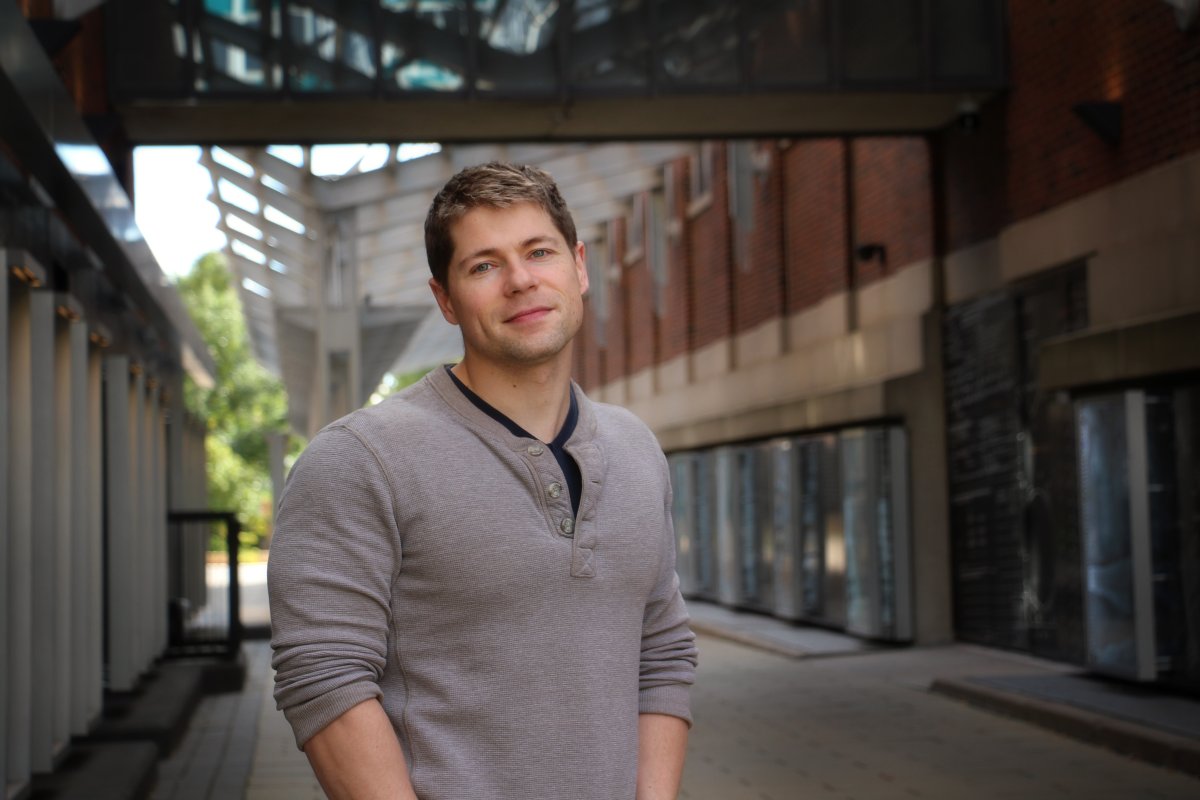ME Professor Chris Hogan Part of $15M Donation for Research on Airborne Pathogens

Chris Hogan will bring his aerosol expertise to the newly formed UC San Diego Meta-Institute for Airborne Disease in a Changing Climate ("The Airborne Institute") — established by a $15M cryptocurrency donation, the largest ever given for research on airborne pathogens. The gift comes from the Balvi Finalthropic Fund, directed by Vitalik Buterin, with the goal of benefiting global human health. While airborne pathogens have received a lot of attention in recent years, many important questions remain about how, when, and where they spread. The Airborne Institute will address these questions and make the results more widely available to the world without barriers to accessing the findings, publishing data and intellectual property related to equipment and developments in open access journals and other public domain resources.
Hogan's team will receive a $1.08M subaward from the larger award, establishing a center devoted to developing and implementing aerosol samplers to understand airborne-based spread of viral and bacterial diseases like COVID-19. UMN's role in the project is designing the samplers — a collaboration between Hogan, Bernard Olson, and Montserrat Torremorell (College of Veterinary Medicine). The team will develop a new generation of aerosol biosamplers in order to create a more effective way of understanding, tracking, and preventing respiratory disease transmission in humans and livestock/animals on a global scale.
"The sub-award to the University of Minnesota allows us to accelerate development of concentrators and samplers to detect bioaerosols, including airborne bacteria and viruses," said Hogan. "One of the major issues in bioaerosol characterization is that the concentration of infectious particles, from an analytical perspective, is often very low — it is similar to looking for needles in very large haystacks. Researchers have to sample a lot of air to detect and characterize which type of pathogens are present in aerosols. On top this, sampling a lot of air can take time, and if sampling it takes too long, the pathogens do not necessarily survive over the course of sampling and by the time analysis is done, the sample can degrade and the pathogens may no longer be viable." Hogan's goal is to create samplers which sample the largest amount of air possible in the shortest amount of time (thousands of liters per minute) and then to make sure that the sampled particles are collected into a small liquid volume or small deposition area, so that they maximize chances their collaborators have at high signal and low noise in sampling and analysis of bioaerosols.
The award is an incredible opportunity and is a well-deserved recognition of Hogan's expertise in aerosol science.